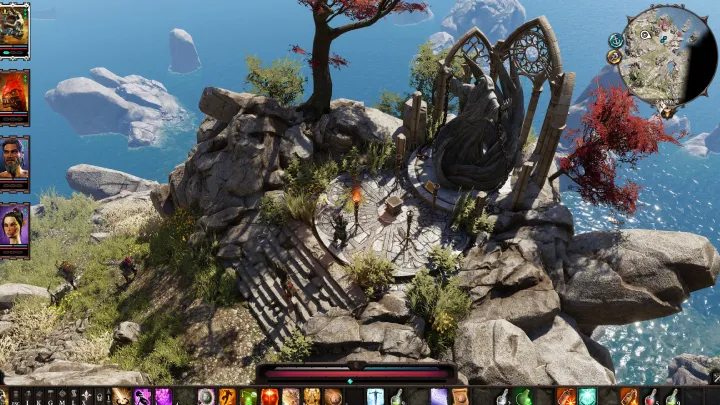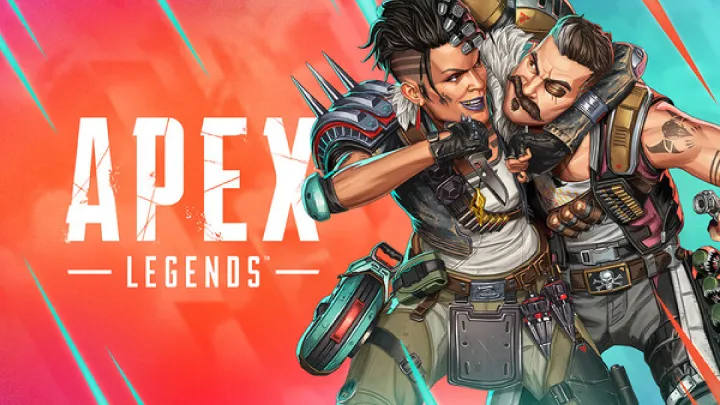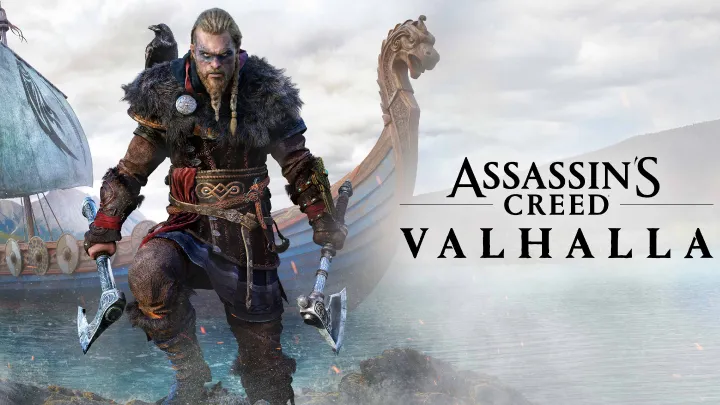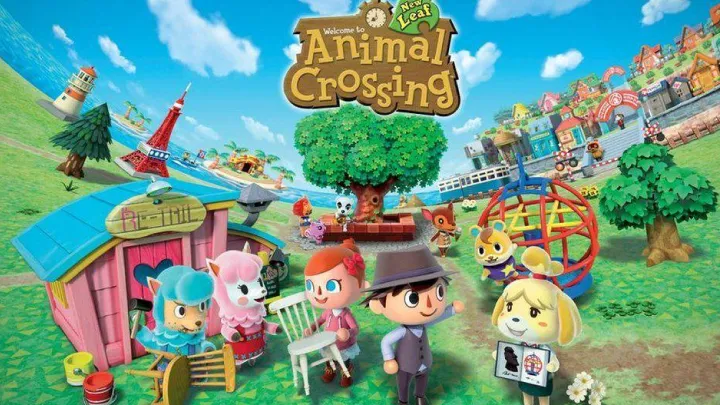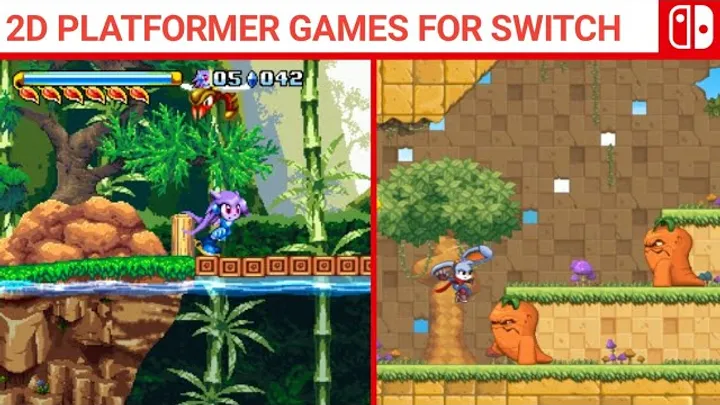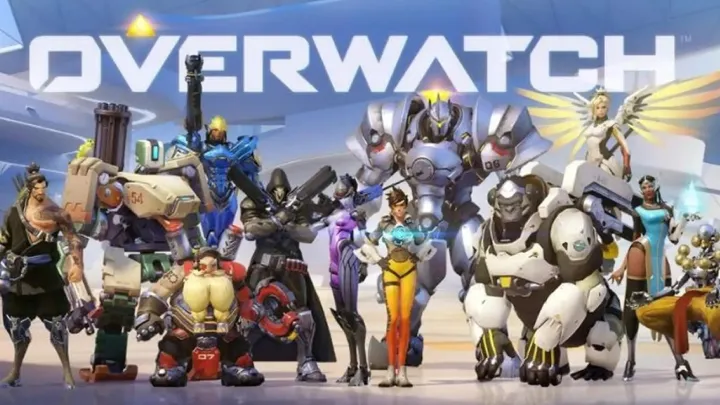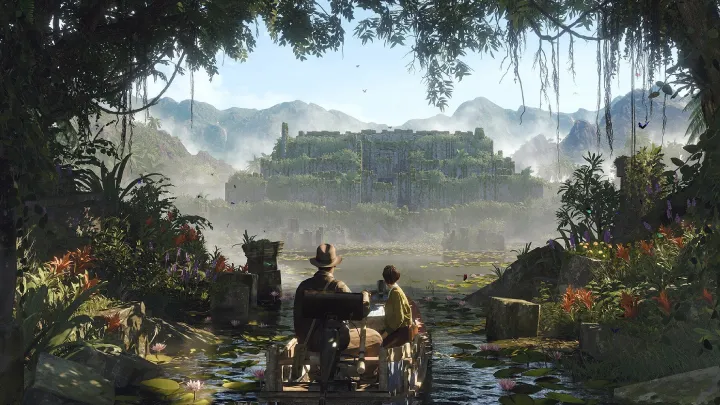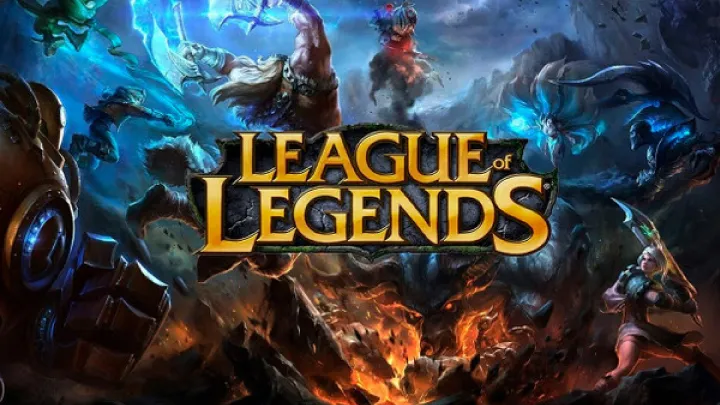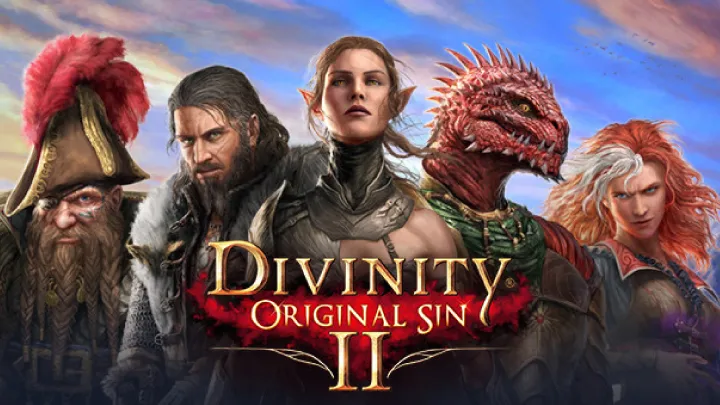
Divinity: Original Sin 2, developed by Larian Studios, has been hailed as one of the finest role-playing games of its generation. Its richly woven narrative, intricate character development, and robust tactical gameplay have captivated players since its release in 2017. A defining feature of the game is its emphasis on choice and consequence, which shapes not only the story but also the player’s experience in profound ways. This article will delve deeply into the theme of choice and consequence in Divinity: Original Sin 2, examining how player decisions influence character arcs, relationships, and the broader narrative landscape.
The Setting: Rivellon’s Turmoil
A World in Crisis
Divinity: Original Sin 2 is set in the fantastical world of Rivellon, a land rife with conflict, magical phenomena, and a rich history of struggle between gods, mortals, and fantastical creatures. At the heart of the conflict lies the Source, a powerful form of magic that can heal, destroy, and manipulate reality. However, the misuse of Source has led to the rise of the Godwoken, individuals chosen by the divine to wield this power, which is both a blessing and a curse.
The backdrop of a world in crisis sets the stage for the player’s journey. As players create their characters—choosing from various races and classes—they are thrust into a narrative filled with moral dilemmas and the weight of choices. This context emphasizes the importance of decisions, as the fate of Rivellon hangs in the balance.
The Role of the Divine
The influence of the divine is a constant presence throughout the game. Players encounter various gods and divine beings, each with their own agendas and motivations. This interaction adds layers to the narrative, as players must navigate the complex relationships between mortals and the divine.
The game’s opening moments introduce players to the tension between the Source-wielders and those who seek to control or eradicate them. This conflict is not merely a backdrop; it serves as a catalyst for the player’s choices, shaping the paths that unfold and the consequences that follow. The intertwining of the divine and the mortal world creates a rich tapestry of narrative possibilities that resonates throughout the game.
Character Creation: The Foundation of Choices
Crafting Your Identity
Divinity: Original Sin 2 allows players to create their characters with remarkable depth. Players can choose from a variety of races, including human, elf, dwarf, lizard, and undead, each with unique abilities and traits. This choice is not superficial; it influences gameplay, interactions, and narrative outcomes.
For example, elves can consume the flesh of the fallen to gain their memories, while lizards have a natural affinity for fire. These racial abilities lead to different approaches to challenges and quests, reinforcing the idea that identity shapes experience. Players must consider how their choices reflect their character’s background, values, and motivations, setting the stage for the intricate web of choices that will follow.
The Origin Characters
In addition to custom characters, Divinity: Original Sin 2 introduces Origin characters—predefined heroes with their own backstories and unique quests. Each Origin character brings a distinct perspective to the narrative, offering insights into the world and its conflicts. For instance, Red Prince is a lizard prince seeking to reclaim his throne, while Fane, an undead character, grapples with the nature of mortality and existence.
Choosing an Origin character provides players with a rich narrative framework that influences how they interact with the world. The interplay between custom characters and Origin characters reinforces the theme of identity, as players navigate relationships and quests that reflect their chosen backgrounds.
The Mechanics of Choice: Dialogue and Interactions
The Impact of Dialogue Choices
One of the standout features of Divinity: Original Sin 2 is its intricate dialogue system, which allows players to engage with NPCs in meaningful ways. Choices made during conversations can lead to a variety of outcomes, from forming alliances to igniting conflicts. The game encourages players to think carefully about their words, as dialogue choices often carry significant weight.
For example, players may choose to intimidate, charm, or persuade NPCs, with each option leading to different consequences. A successful persuasion might unlock a quest, while a failed attempt could result in hostility. This dynamic reinforces the idea that communication is a powerful tool, shaping relationships and altering the course of the narrative.
The Role of Skills and Abilities
In addition to dialogue choices, players can utilize skills and abilities to influence interactions. For instance, characters with high Persuasion can sway NPCs more effectively, while those with stealth abilities can approach conversations from a position of advantage. This integration of mechanics and dialogue emphasizes the importance of player agency, allowing for diverse approaches to encounters.
The interplay between dialogue and character abilities creates a rich tapestry of choices. Players are encouraged to explore different strategies, leading to varied experiences based on their decisions. This complexity highlights the theme of consequence, as each choice can lead to unexpected results.
The Consequences of Actions: Choices and Their Fallout
The Ripple Effect of Decisions
The choices made by players in Divinity: Original Sin 2 extend far beyond immediate interactions. The game’s narrative is designed to reflect the ripple effect of decisions, where actions taken in one quest can have unforeseen consequences in others. This interconnectedness creates a sense of continuity and impact, making players acutely aware of the weight of their choices.
For instance, players may choose to side with a particular faction during a conflict. This decision could lead to a shift in power dynamics, affecting future quests and relationships with other characters. The world reacts to the player’s actions, creating a living environment that evolves based on the choices made throughout the game.
Moral Ambiguity and Ethical Dilemmas
Divinity: Original Sin 2 excels at presenting players with moral ambiguity and ethical dilemmas. Many choices challenge players to consider their values and the implications of their actions. For example, players may encounter a situation where they must choose between saving innocent lives or pursuing personal gain. These moments force players to grapple with the complexities of morality and the consequences of their decisions.
This exploration of moral ambiguity adds depth to the narrative, as players navigate the gray areas of right and wrong. The game encourages reflection on the nature of choice, emphasizing that there are often no clear answers. This complexity reinforces the theme of consequence, as players must confront the ramifications of their actions on both personal and societal levels.
The Theme of Redemption: Characters and Growth
The Journey of Redemption
Redemption is a recurring theme in Divinity: Original Sin 2, influencing both the narrative and character arcs. Many characters grapple with their past mistakes and seek opportunities for atonement. This journey adds emotional depth to the story, as players witness the struggles and growth of their companions.
For example, Sebille, an elf assassin, seeks to confront her past and break free from the control of her former master. As players guide her through her journey, they witness her transformation and the choices she must make to reclaim her identity. This quest for redemption mirrors the overarching theme of self-discovery and the importance of confronting one’s past.
The Impact of Relationships on Redemption
The relationships formed between characters play a crucial role in the redemption arc. As players engage with their companions, they can influence their growth and decisions. Characters may confront their fears or insecurities based on the player’s choices, leading to moments of vulnerability and strength.
For instance, supporting a character through their challenges can lead to significant growth and development, reinforcing the idea that redemption is often a collective journey. The interconnectedness of relationships emphasizes the theme that identity is shaped not only by individual choices but also by the support and influence of others.
The Role of Exploration: Discovering Identity
The World of Rivellon
Exploration is a key component of Divinity: Original Sin 2, with a richly detailed world filled with secrets, lore, and hidden treasures. Players are encouraged to venture off the main path, discovering new locations and engaging with the environment. This process of exploration is not only about gathering resources; it is also about uncovering the history and lore of Rivellon, which contributes to the theme of identity.
As players explore the world, they encounter various cultures, histories, and stories that shape their understanding of the narrative. This exploration allows players to piece together the complex tapestry of Rivellon’s history, enriching their experience and encouraging them to reflect on the broader implications of identity.
Environmental Storytelling
The environments in Divinity: Original Sin 2 serve as a canvas for storytelling, inviting players to immerse themselves in the lore of the world. Each location is filled with details that reflect its history, from the architecture of ancient ruins to the remnants of past conflicts. This environmental storytelling enhances the narrative, providing context for the choices players make and the characters they encounter.
For example, exploring the ruins of a once-great city can reveal the consequences of past decisions and the impact of power struggles. This connection between exploration and narrative reinforces the idea that identity is shaped by history and the stories of those who came before. Players are encouraged to engage with the world, uncovering the layers of meaning that contribute to their understanding of identity.
The Final Confrontation: Identity and Resolution
The Climax of the Narrative
As players progress through Divinity: Original Sin 2, they reach a climax that serves as the culmination of their choices and character arcs. The final confrontation with key antagonists challenges players to apply everything they have learned throughout the game, testing their mastery of combat, strategy, and decision-making.
The stakes are high as players confront the consequences of their actions and the impact they have had on their relationships. This moment encapsulates the themes of redemption, choice, and identity, forcing players to reckon with the journey they have undertaken.
The Resolution of Identity
In the aftermath of the final confrontation, players witness the resolution of character arcs and the impact of their choices. The narrative acknowledges the complexities of identity, emphasizing that self-discovery is an ongoing process. Characters reflect on their journeys, revealing how their experiences have shaped their understanding of themselves and their place in the world.
The conclusion invites players to reflect on the themes of legacy, memory, and the interconnectedness of identity. The characters’ transformations serve as a testament to the resilience of the human spirit, highlighting that the quest for identity is a shared experience that transcends time and culture.
Conclusion
Divinity: Original Sin 2 is a masterful exploration of choice, consequence, and identity. Through its intricate mechanics, rich storytelling, and immersive world design, the game invites players to engage with the complexities of self-discovery and the impact of decisions on personal and collective identity. The journeys of the characters, the importance of relationships, and the weight of choices all contribute to a profound experience that resonates long after the game is finished.
